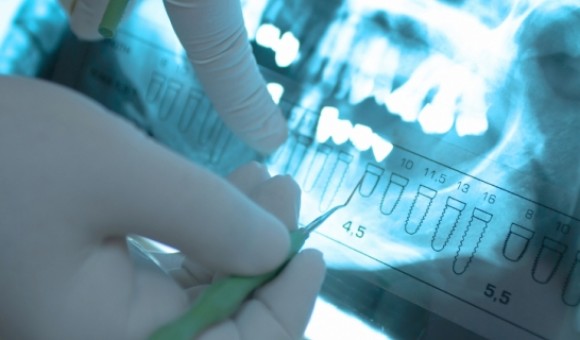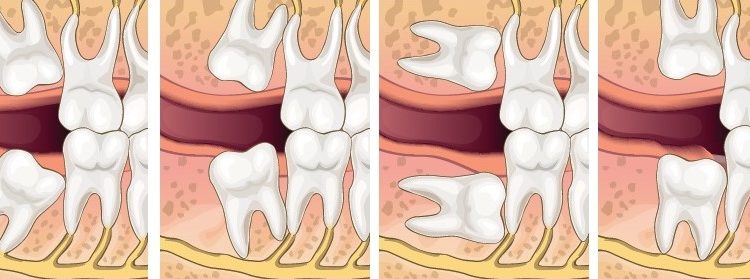Do You Know How Technology Has
Changed Oral Surgery?
Ask the average person on the street to name a technology that has progressed rapidly in the last decade, and you will probably receive a lot of “smartphone” and “drone” answers. It is unlikely that anyone will bring up oral surgery. But did you know? Several technological advances have transformed what is possible when it comes to tooth restoration. To illustrate some of the technological advances in oral surgery, let’s consider the dental implant.
What Is A Dental Implant?
A dental implant is a prosthetic device that is anchored into the bone using surgical screws. They essentially replace and mimic natural teeth, and are easier to care for and more comfortable than dentures. In the early days of implants, few people were candidates, but thanks to technological advances in several areas, nearly all adults can be fitted with durable implants.
Digital Imaging
In the “old days,” a trip to the dentist almost always meant having a set of x-rays taken. In the modern dental office, the fuzzy black and white x-ray images are becoming obsolete. Modern digital imaging, such as Cone Beam Computed Tomography, provide oral surgeons with a full-color, 3-D image that can be manipulated and viewed from multiple angles. This allows oral surgeons to better plan a procedure and to foresee any problem that he might encounter. This means more first-time successes and a quicker, simpler procedure. An added benefit is an almost 80% reduction in the amount of radiation exposure.
In the case of dental implants, a surgeon first examines the image for any problem areas, such as weakened or damaged bones. Next, the image is uploaded directly to the system that will help design the patient’s implants.
3-D Printing
In the past, dental prosthetics were made by hand. Not only was this a lengthy, labor-intensive process, but it also required several fittings and adjustments. In the case of dental implants, even a small imperfection often meant having to repeat the entire surgery.
Now, computer controlled 3-D printing systems can use digital imaging to recreate an exact match for each individual patient and tooth. The high-level of precision means many more first-time successes.
Nano Materials
Since the mouth is a germ-filled cavern, a problem for all types of dental surgery is infection. In the case of implants, contamination often led to rejection and repeat procedures. Nano materials have allowed for implants that resist infection and are more durable. This means fewer failed procedures and much less need for implant replacement. Advances in materials that graft directly to bone may soon make it possible to eliminate the need for screws and open up the possibility of implants to people with severe facial damage.
Advances in dental technology have led to improved dental implants and have made them available to more people. Technological advances in general dentistry are also progressing rapidly. As technology improves, perhaps a trip to the dentist will no longer be a traumatic event.





